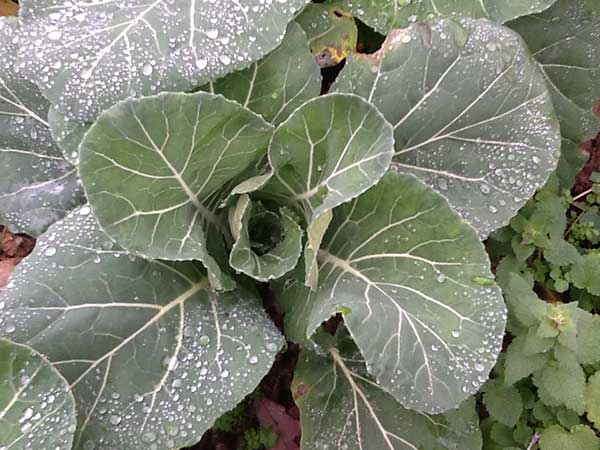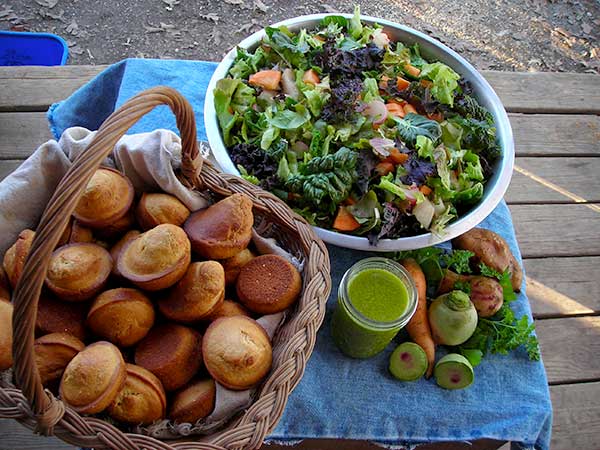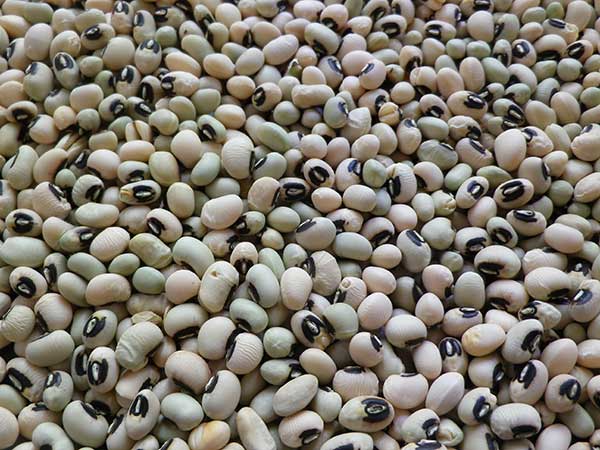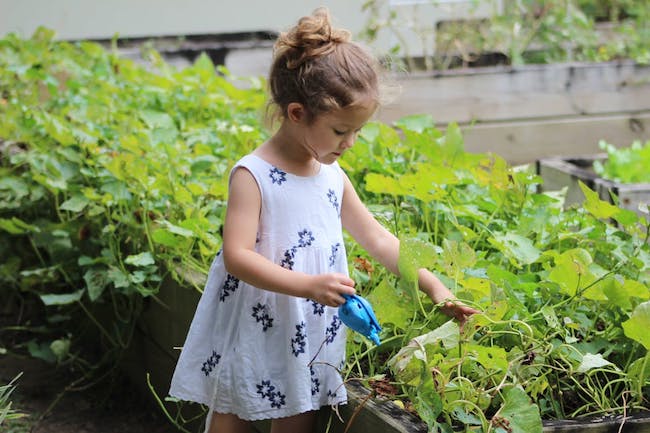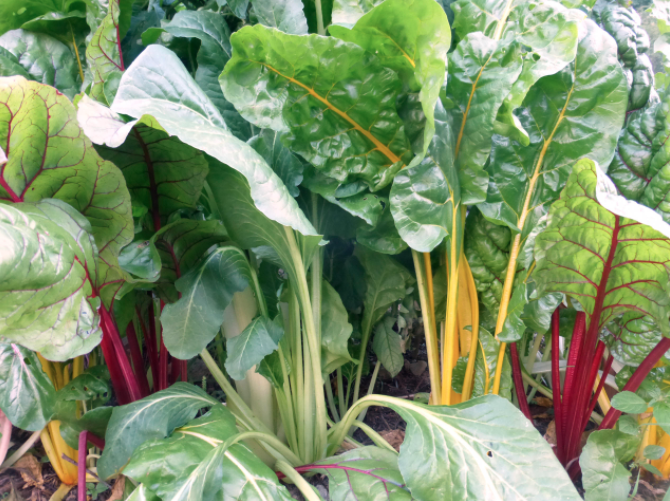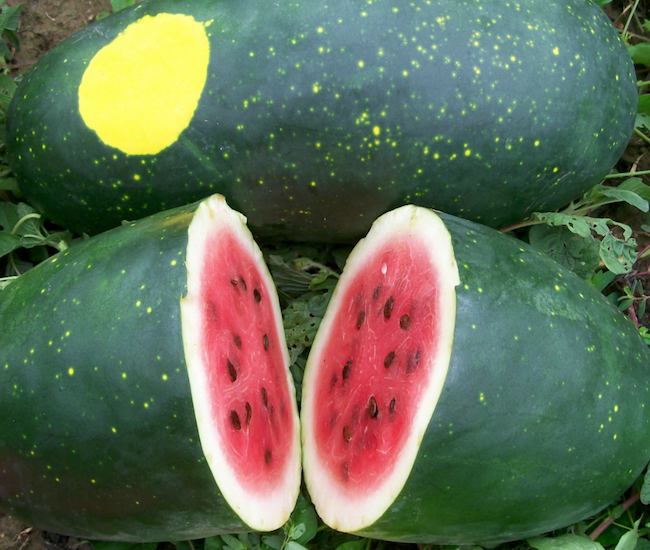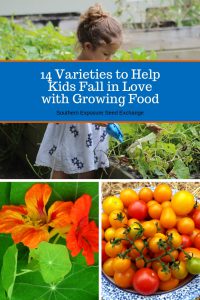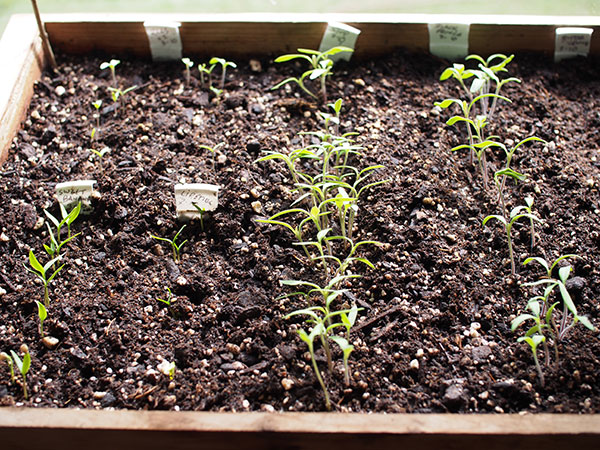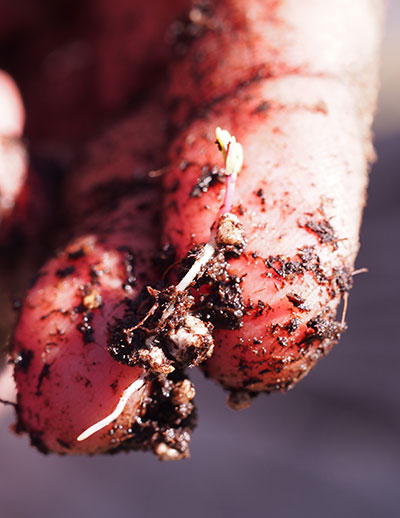by Ira Wallace
A pot of southern peas (black-eyed peas are only one kind), some greens simmering on the stove and fresh ground cornbread in the oven always takes me back to my grandma’s kitchen. We always ate collards on New Year’s Day along with some black-eyed peas and freshly baked cornbread for good luck in the coming year.
Updated Collards: Young & Tender, Briefly Cooked
As an heirloom gardener I strive to keep up old fashioned food traditions while updating them to be more sustainable and healthy for our lifestyle. Check out all of our collards online. I prefer my collard greens young, tender and quick cooked with garlic or onions and a little vinegar or hot sauce for added zing.
Fresh from the garden is always best as shown the last few years when our heirloom Alabama Blue Collards, closely followed by Carolina heirloom Yellow Cabbage Collard and Shiny Green Glaze Collards are competing with the ever popular kale varieties.
Home-Grown Corn: Fresh Ground Cornmeal for Incredible Flavor
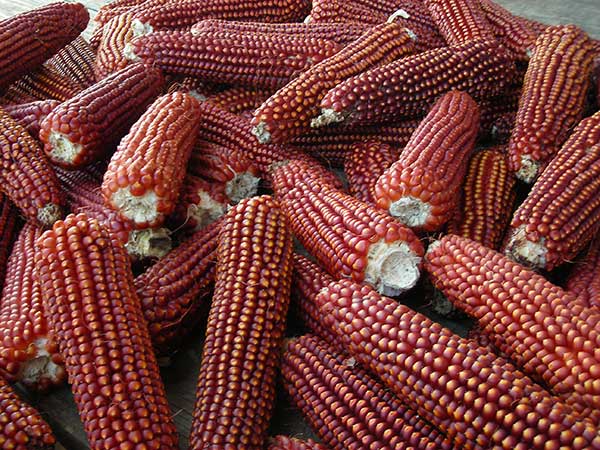
All winter but especially during the holiday season I feel so blessed to live with great cooks who use our homegrown dent, flint and flour corn to make fresh cornbread, grits, tortillas or polenta almost every day throughout the winter.
The only problem is which do I enjoy most – Floriani Red Flint, old fashioned Tennessee Red Cob, Texas Gourdseed, Blue Clarage or Kentucky Rainbow (aka Daymon Morgan’s)? I think of it like having a dozen children, you love them equally for different reasons.
If you are new to growing and using your own home ground dent and flint corn check out Jordan’s blog post Processing Flour Corn at Home and look for more about growing and using corn for as a staple and for special meals soon.
Black-Eyed Peas for New Year’s Luck
Check out my earlier blog post for a little more about why we eat Black-eyed Peas at New Years and look for a delicious Hot Pot recipe before New Year’s Eve.
Until then here is my recipe for quick vegetarian New Year’s Collards if you want to add some good luck to dinner tonight! (This is also good the way my grandma made them, slow-cooked with bacon grease and served with bacon bits on top).
Quick Southern Style Collards
1-2 Tablespoons olive oil
1 sweet onion, diced
1 to 2 bunches tender collard greens, well washed, stems removed and chopped
1/2 cup rich savory broth or ¼ cup vinegar
(optional 1 teaspoon crushed red pepper flakes)
Kosher salt and freshly ground black pepper
Directions
Coat the bottom of a large cast iron skillet with the olive oil then add the onion and cook until softened, 5 to 7 minutes. Add the chopped collards to the pan along with the broth or vinegar, optional red pepper flakes and some salt and pepper and cook until tender, but still bright green, 4 to 5 minutes. Adjust the seasoning if necessary.
Serve with bottled hot sauce and vinegar at the table.

